Hotpot helps you create amazing graphics, pictures, and writing. AI tools like AI Art Generator spark creativity and automate drudgery while easy-to-edit templates empower anyone to create device mockups, social media posts, marketing images, app icons, and other work graphics. https://hotpot.ai/
AI art generators are computer programs that utilize artificial intelligence (AI) techniques, particularly deep learning algorithms, to create or assist in the generation of artworks. These tools have gained significant popularity in recent years, revolutionizing the way art is produced and perceived.
AI art generators typically employ a type of AI called generative adversarial networks (GANs). GANs consist of two components: a generator and a discriminator. The generator produces new images based on a given dataset, while the discriminator evaluates these generated images and provides feedback to the generator. Through an iterative process, the generator aims to create increasingly realistic or aesthetically pleasing images that can fool the discriminator.
These AI systems can generate various forms of art, including paintings, drawings, music, poetry, and even multimedia installations. By training on vast amounts of existing artwork or other creative data, AI art generators learn patterns, styles, and characteristics that allow them to produce new and original compositions.
One of the most famous examples of AI-generated art is the “Portrait of Edmond de Belamy,” created by the Paris-based collective Obvious. The artwork was generated using a GAN and was sold at an auction for $432,500 in 2018. This event sparked immense interest and debate about the role of AI in the art world.
AI art generators offer several advantages and possibilities. They can assist artists by providing inspiration, exploring new styles, or generating drafts to serve as a starting point for further artistic development. They can also enable non-artists to create art without extensive technical skills or training, democratizing the creative process.
However, AI art generators also raise questions and concerns. Critics argue that these tools undermine the uniqueness and authenticity traditionally associated with human creativity. They question whether AI-generated artworks can be considered genuine artistic expressions or merely imitations of existing styles. Additionally, ethical issues, such as ownership, authorship, and intellectual property, arise when AI-generated art is commercialized or exhibited.
Despite these debates, AI art generators continue to evolve and inspire new artistic possibilities. Artists, researchers, and technologists explore their potential to push boundaries, challenge established norms, and reshape the creative landscape.
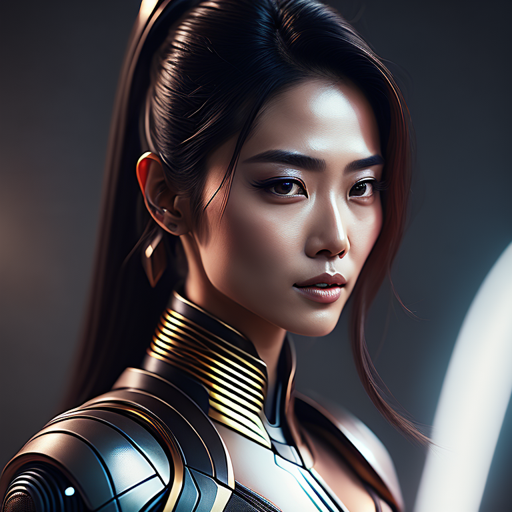
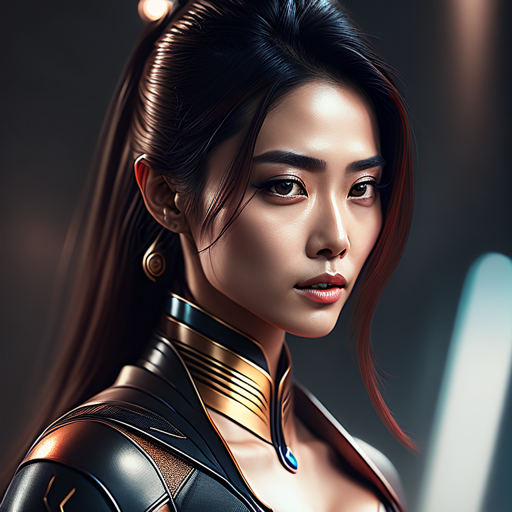
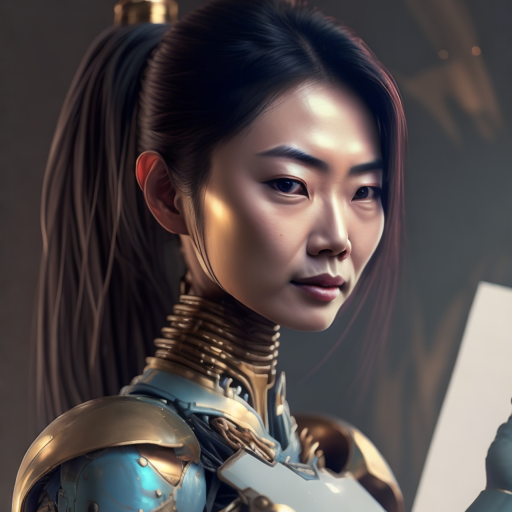
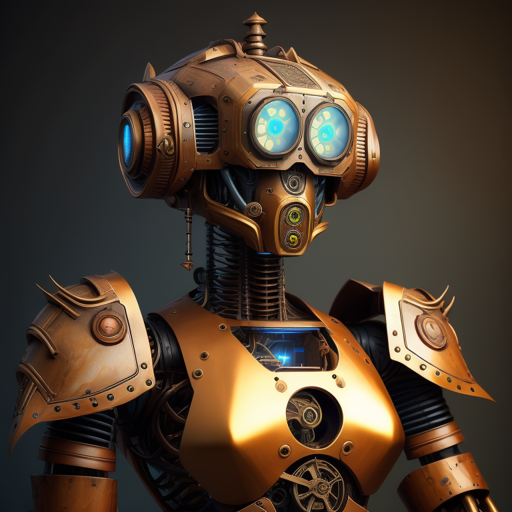
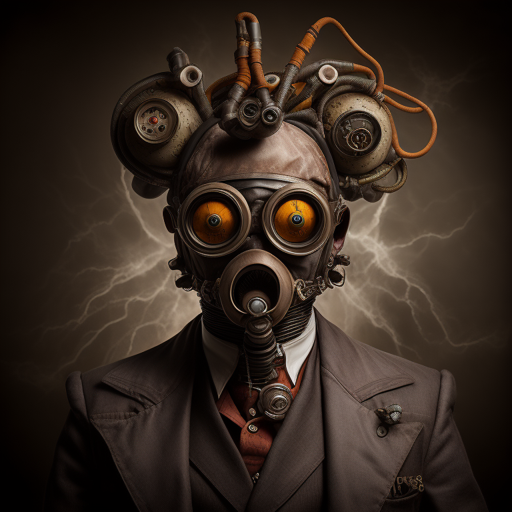
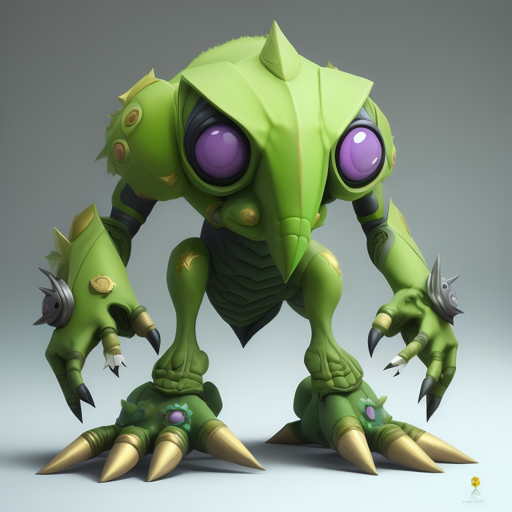
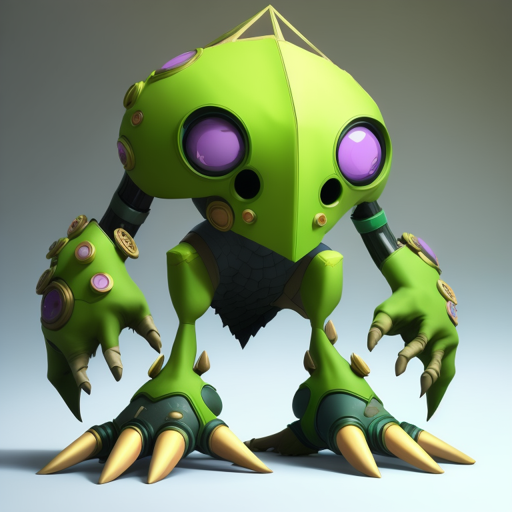
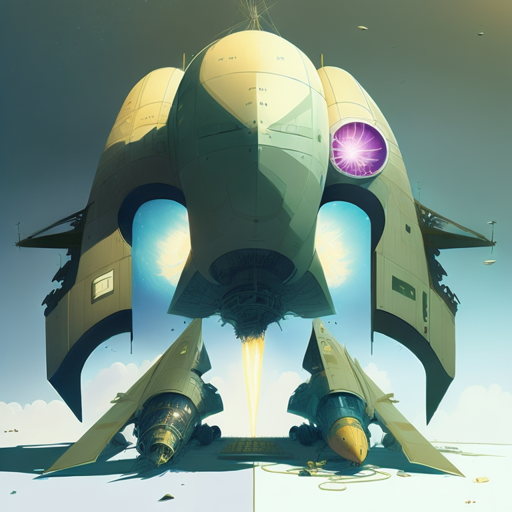
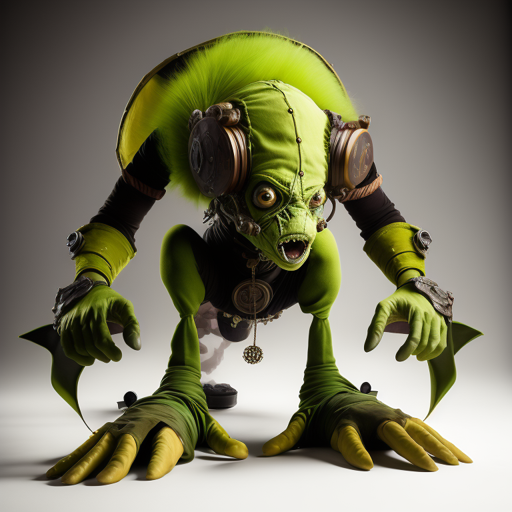
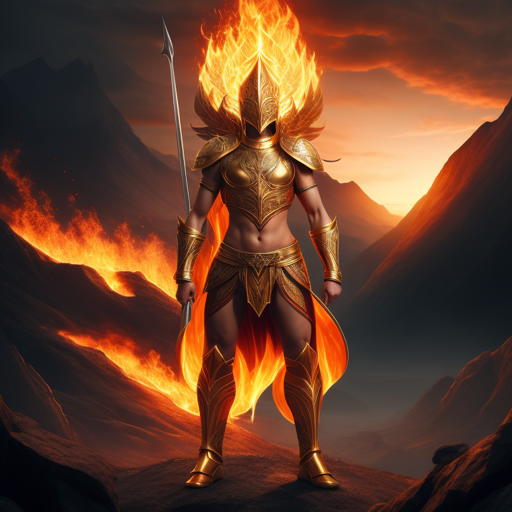
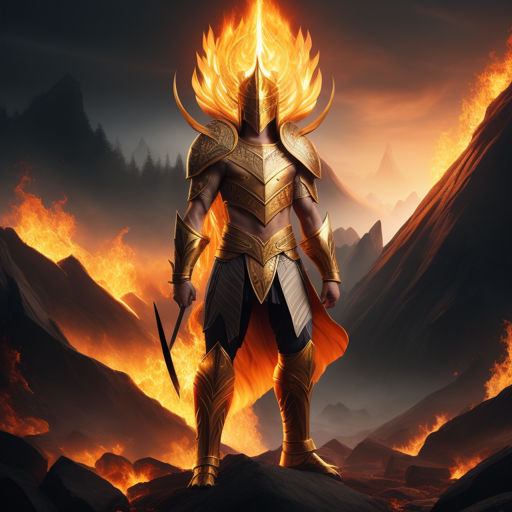
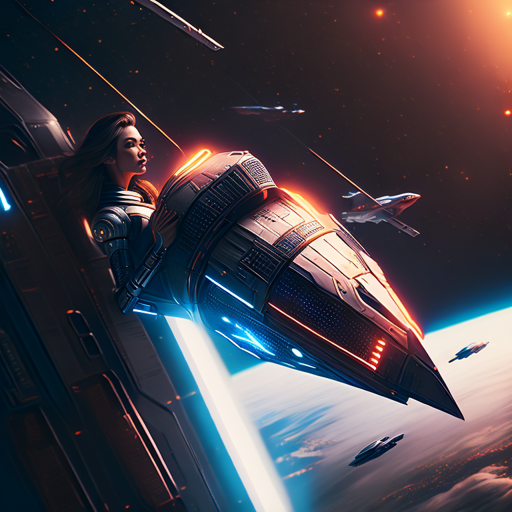
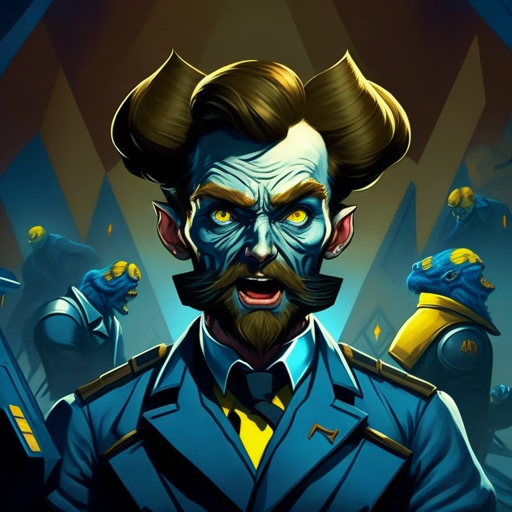
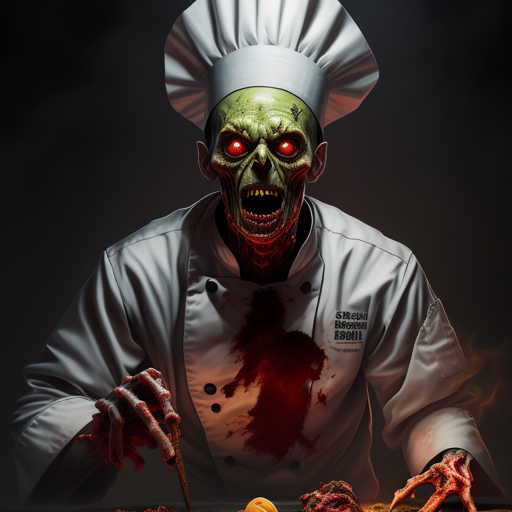

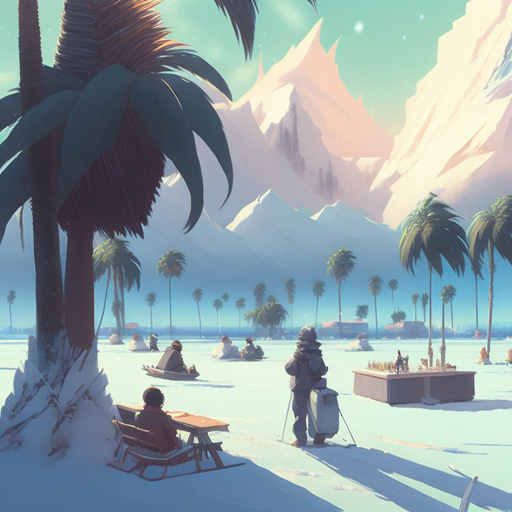

Leave a Reply